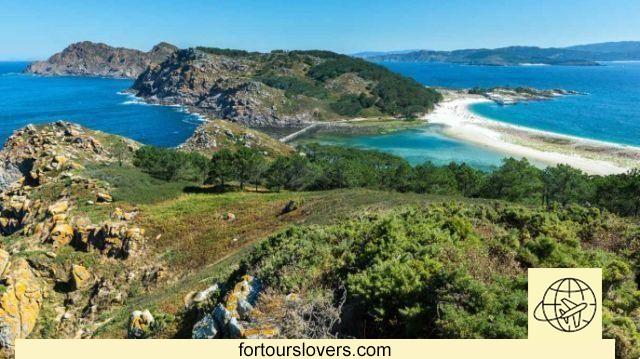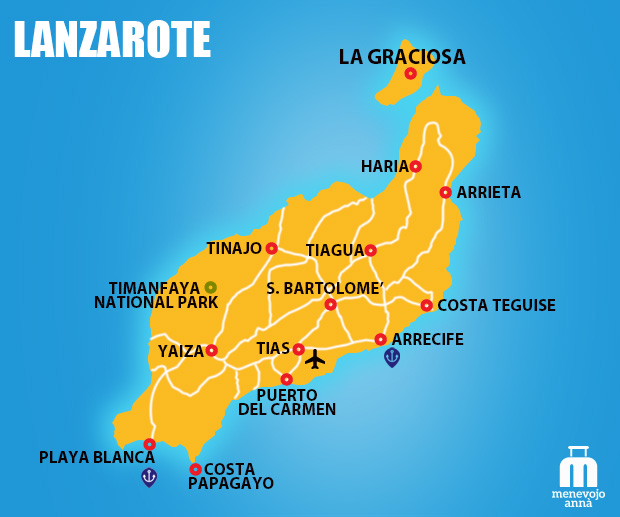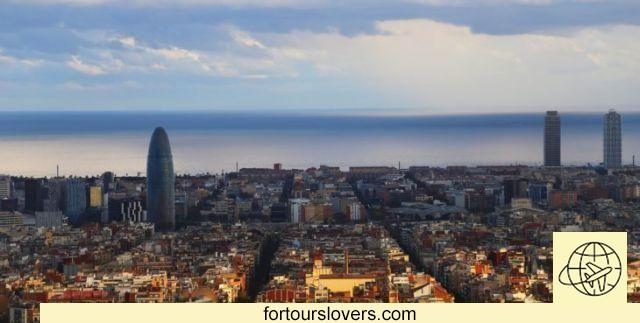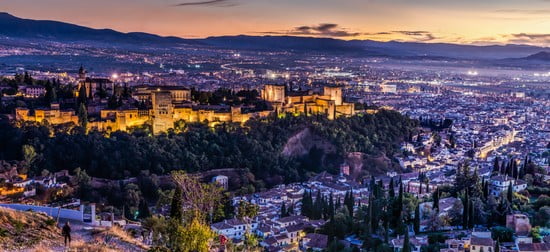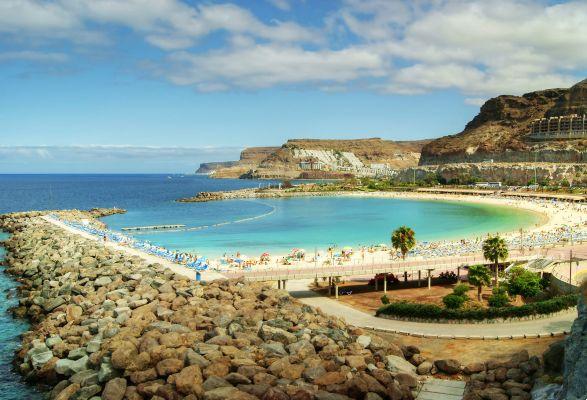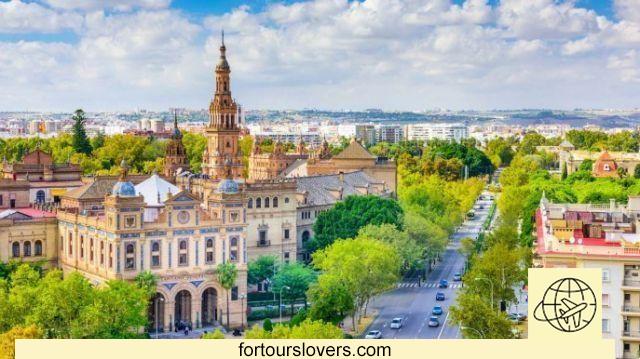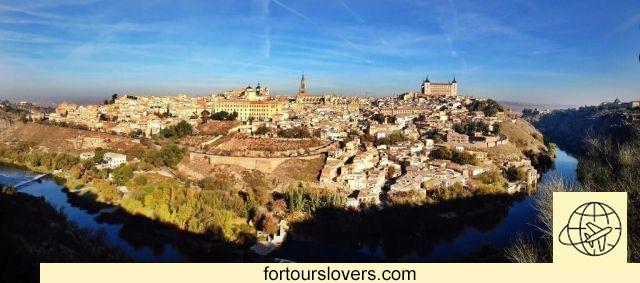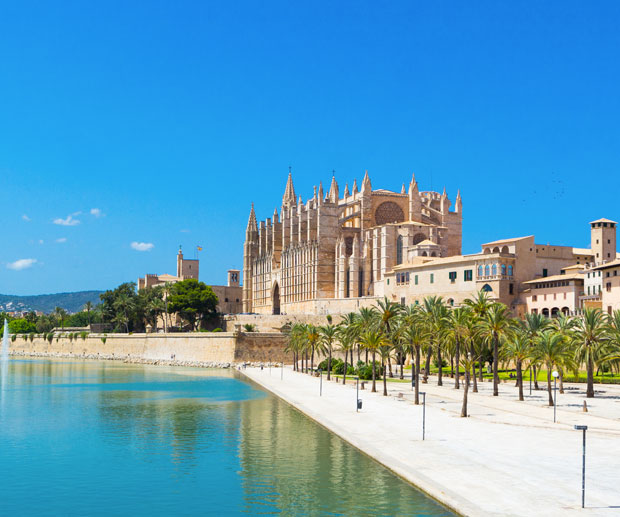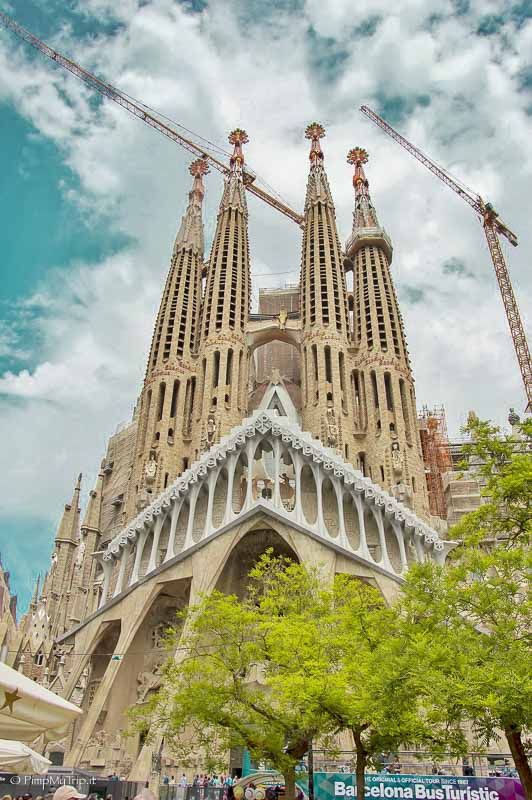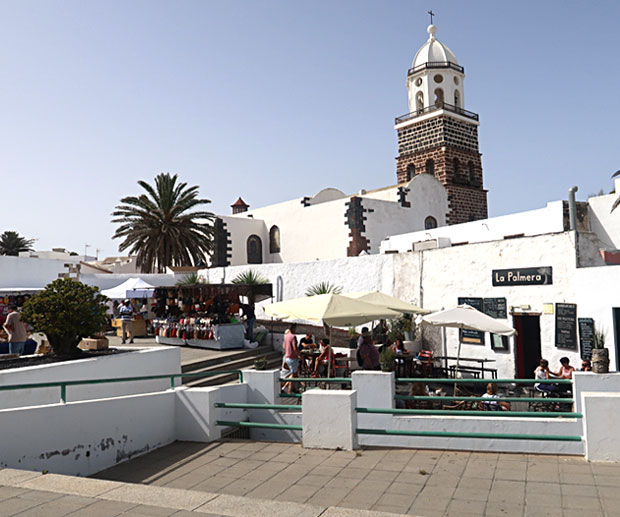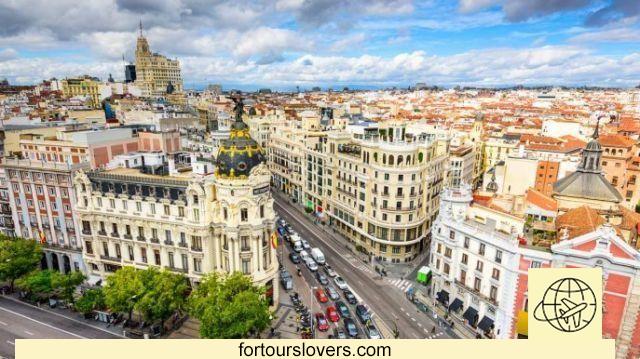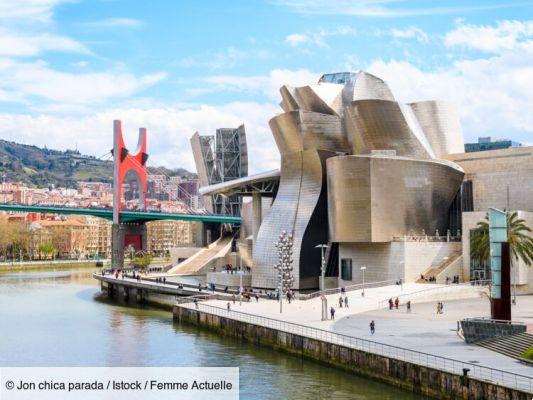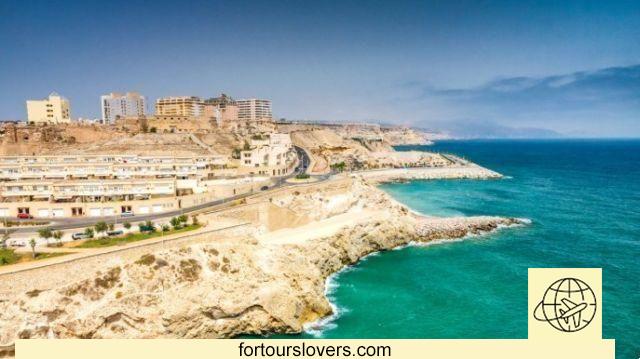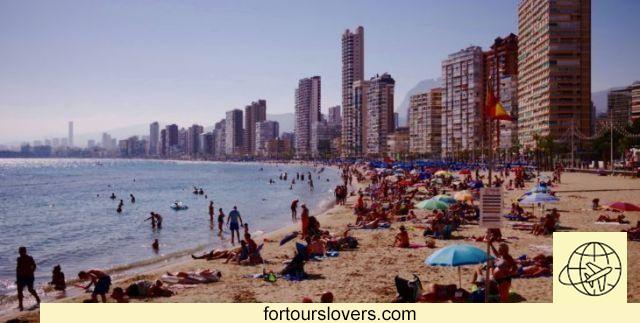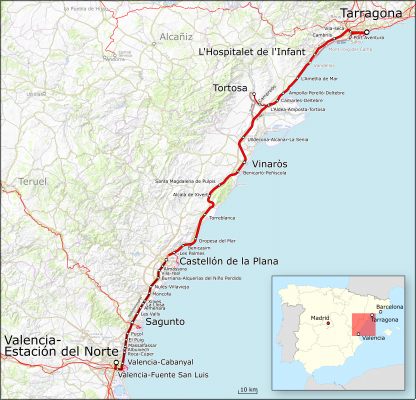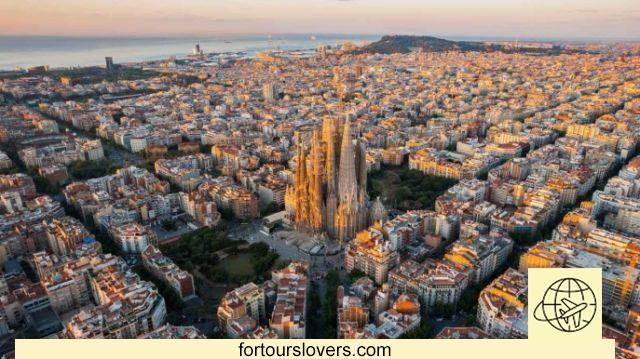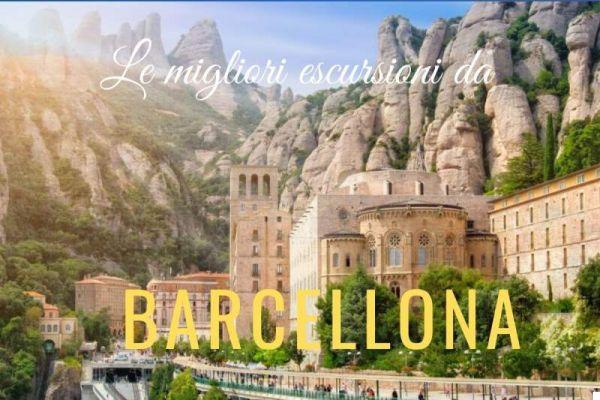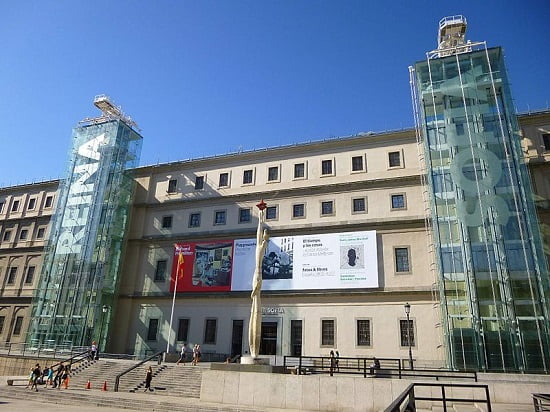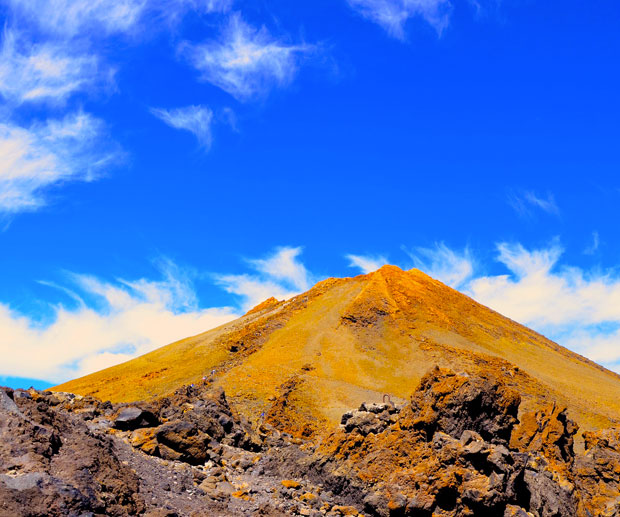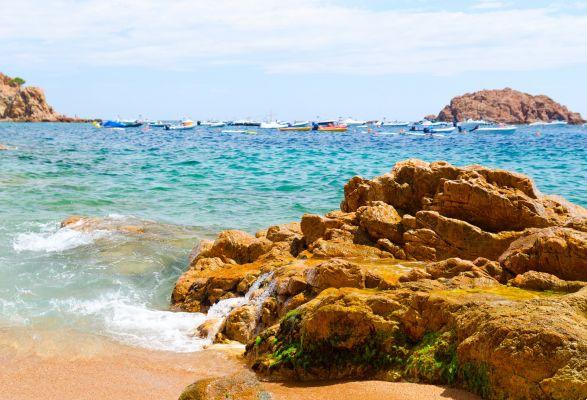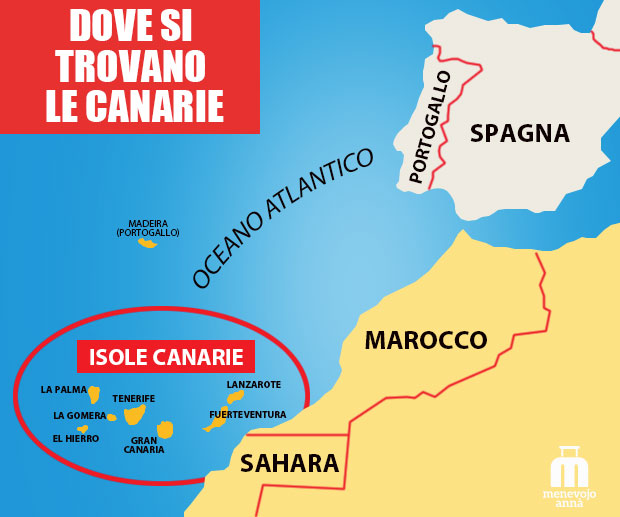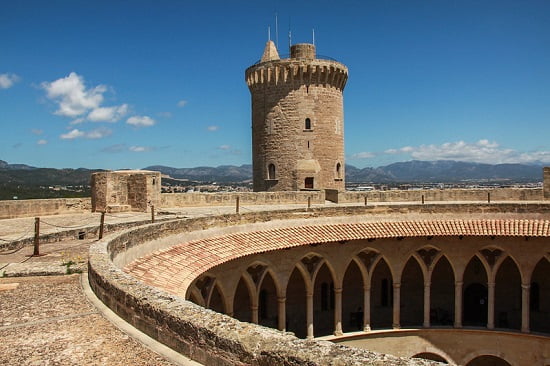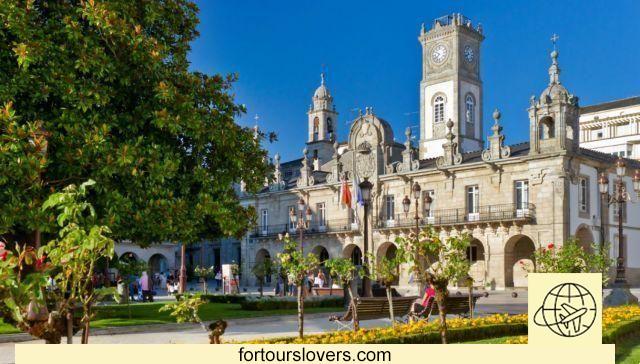
What to see and do in Lugo, an ancient city in northern Spain and a Galician stop on the Camino de Santiago to Compostela.
Lugo is located in the autonomous community of Galicia, in the northwest of Spain. Located on the banks of the Miño River, Lugo proudly displays the signs of its Roman past, including the ancient walls, the only Roman wall declared a world heritage site by UNESCO and which offers much to those who visit it. .
Lugo It was founded by the consul Paolo Fabio Massimo in the name of Emperor Augustus who wanted to conquer the northwest of the Iberian Peninsula. Fortified between the 2266rd and 71th centuries, today the historic center of Lugo is enclosed by XNUMX meters of walls, perfectly preserved and interspersed with XNUMX towers that make it unmistakable. Start by climbing the walls. You will see the city from above, in all its splendor and you will immediately find yourself immersed in the life that bustles within the walls.
Along the perimeter of the walls you will find 10 gates that will lead you to a network of quiet pedestrian-only streets. Porta Miña, also called Porta del Carmen, is among the best preserved. If, on the other hand, you choose to go through the Puerta de San Pedro you will feel like a pilgrim because it is still the entrance to the city for the thousands of travelers heading to Santiago de Compostela. From the Door of Santiago, built in the 18th century, you will enter directly into the Lugo Cathedral.
The Cathedral of Santa María de Lugo, with its neoclassical façade, will surprise you with its monumental appearance. Its construction began in 1129 by Raimundo de Monforte and was completed in 1273. Different styles coexist inside. The ambulatory, the main chapel and those of the apses are in the Gothic style. The sacristy, the chapel of Virgin of the Big Eyes and the cloister are baroque. The central transept and a good part of the main nave are Romanesque. The choir, carved in walnut wood, and the altarpiece dedicated to the patron saint of Lugo are magnificent, among the most famous examples of baroque in all of Spain.
In the same square as the cathedral you will find the Episcopal Palace, a baroque building from the 18th century that stands on the old settlement of the tower of the Counts of Lemos. Taking Rua Bispo Basulto you get out field square, the medieval heart of Lugo, where you can treat yourself to some tapas. As Lugo is close to the coast, the fish is really delicious, and the fame of its "pulpo a feira" is known throughout Spain.
Lugo is famous for eating well. Whether you choose a tapas bar or treat yourself to a luxury restaurant, don't forget to also try the "lacón con grelos" (a dish based on pork with vegetables) or the "tetilla", one of the most famous cheeses. of the gastronomy galiziana, which holds the Protected Designation of Origin. The choice of seafood is also excellent. The table in this area of northern Spain is watered with excellent wines produced in the south of the province, worthy of the Ribeira Sacra Designation of Origin.
Very close to Praza di Campo is the Igrexia do Convent of San Domingo Built at the beginning of the 13th century by Dominican friars and currently home to the Augustinian Recollect nuns. A few hundred meters from the Convent is the Provincial Museum. Divided into different thematic areas, among which the reconstruction of a typical Galician kitchen from the 17th century stands out, the Museum houses rooms with remains of Roman mosaics, but also sacred art, ethnography, painting and Galician art. It also has a section that will delight numismatic lovers. Admission is free.
Taking the avenue that surrounds the old city of Lugo you can immerse yourself a little in modernity or relax in the rosalia de castro park, dedicated to the Galician writer of the same name. The pond and the forest are the ideal destination to breathe in the slowness that characterizes Spain, while from its viewpoint you will have a fantastic panoramic view of the Miño valley, where the famous spas are located.
Declared an asset of cultural interest in Spain, the Spa Lugo They were already appreciated and used by the Romans, lovers of the therapeutic properties of their waters. On the ground floor of the establishment there are remains of the ancient ones, in good condition, as demonstrated by the visit to the changing room and the cold bath, later transformed into a Christian chapel. Visiting the Roman baths is free.
Since Lugo is 100 km from Santiago de Compostela, the Spanish city can be a good destination for a day visit. Lugo and Santiago are easily accessible by car and are well connected by bus. If, on the other hand, you want to enjoy the sea, at the same distance you will also find delicious dishes. coastal towns says Viveiro, Foz and Ribadeo.




